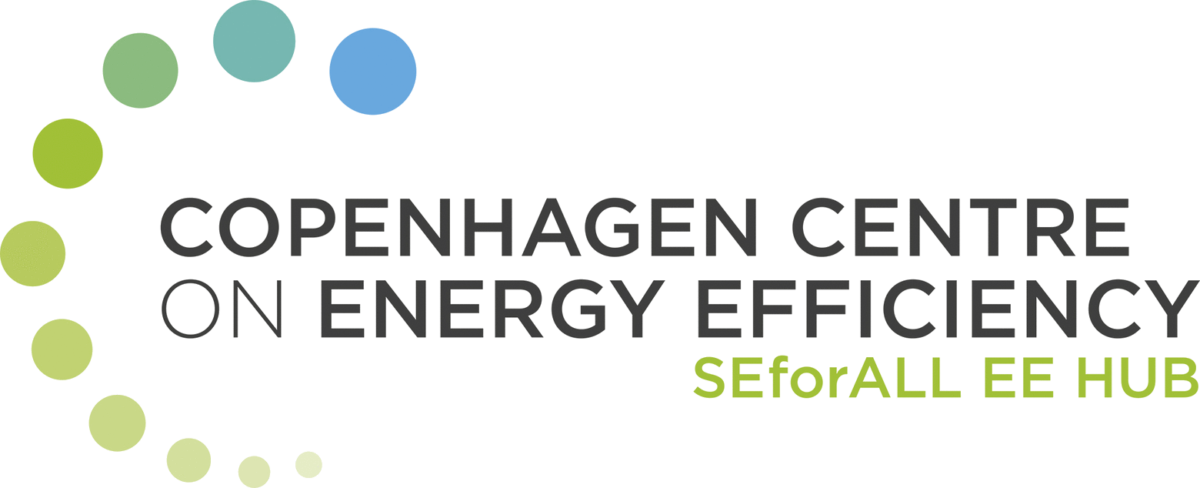Increasing population and urbanization is creating a steadily increasing demand
for transportation in the cities of many developing countries, coinciding with
rapid economic growth leading to increasing demand for higher standards of
living and faster and more efficient modes of transportation. The decisions made
today regarding transport infrastructure will affect long-term travel behavior, with
corresponding impacts on the economy, society, and the environment, the last
impact being one of the most important in times of steadily rising environmental
concern. The successful experiences of Curitiba in Brazil and Bogotá in Colombia
have served as a source of inspiration for other cities in Latin America and
elsewhere. In 1973 Curitiba became the first city in the world to introduce an
integrated land use and transport infrastructure approach with an integrated
transport network based on bus rapid transit (BRT). The BRT systems of Curitiba
and Bogotá have subsequently been adopted all over the world with some
variations. Implementation of two recent BRTs, Mexico City and Ahmedabad in
India, are examined in this paper.
| Authors: | Darshini Mahadevia, Jorge Rogat, Juan Carlos Mendoza, Rutul Joshi, Subash Dhar |
|---|---|
| Status: | Published |
| Published year: | 2015 |
| Content type: | Journal article |
| File: | Download |
| DOI: | Visit |
| Orbit ID: | f072384d-6fcd-4dd2-9e17-0d289ddfd48e |
| Is current: | Current |
